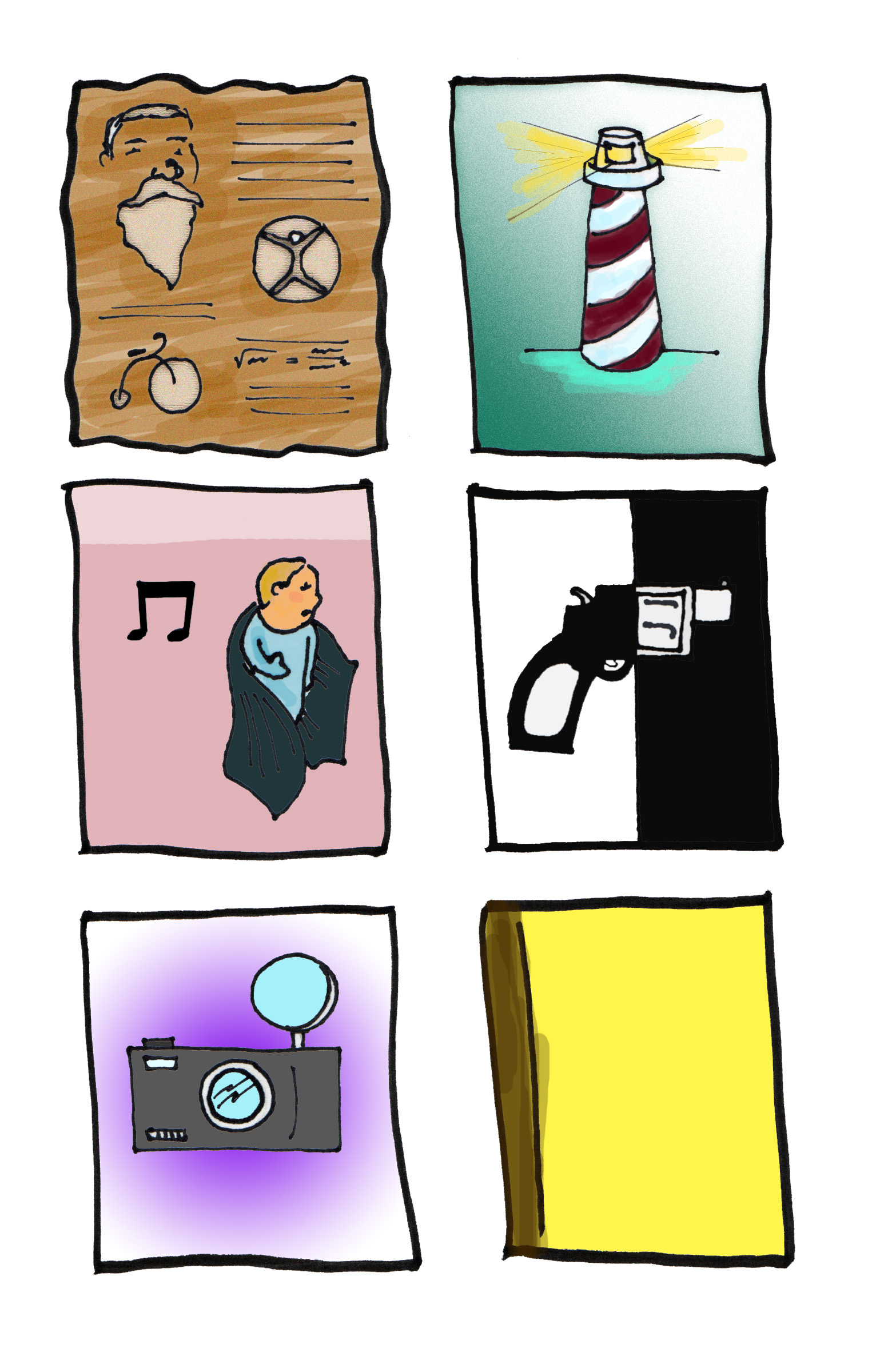Department of Special Collections waiting to be used in more undergraduate coursework

By Daily Bruin Staff
Jan. 25, 2012 11:24 p.m.
Libraries are rightly understood as central to the life of universities. Powell Library, in all its Romanesque monumentality, towers inescapably over the average Bruin’s experience of campus.
My mission today is to draw attention to one of our library’s most valuable resources, one that is unbelievably underused by undergraduates and should be better advertised and integrated into coursework.
Hidden in Charles E. Young Research Library’s basement is the Department of Special Collections. And the label “Special” is far from misleading. Through the imposing glass doors is a treasury of rare and valuable texts, completely accessible to undergraduates.
Some of these holdings are one-of-a-kind, and there is no doubt that engagement with these texts would enrich the Bruin undergraduate experience, academic and otherwise.
We have a copy of “Mrs. Dalloway” with Virginia Woolf’s annotations. In the department’s display room is a collection of first editions recreating Leonardo da Vinci’s library. We have the largest archival collection in California, with the papers of luminaries such as Raymond Chandler, Susan Sontag and Aldous Huxley. Our photographic collections span the very history of photography.
And if you were wondering about the department’s oldest holding, we have a handful of Sumerian clay tablets thousands of years old, receipts and writing exercises from the distant origins of civilization.
“People pay thousands of dollars to travel from all over the world to come to our basement to use our materials,” said Heather Briston, head of public services for UCLA Library Special Collections.
Students, however, are already here and can walk in and partake of the very same materials free of charge.
Although traditionally targeted more toward faculty and graduate students, the department is currently focusing on getting undergraduates to come in and use special collections more, said Tom Hyry, director of special collections.
There are three relevant parties in this problem ““ the library, professors and students ““ and there are things each can do.
As it stands, the thrust of undergraduate involvement with the collections is through a few scattered classes. Usually, staff at the Department of Special Collections scour through the course catalog for classes, pick out those on which they have relevant collections, and then contact the professors asking if they would be interested in integrating their materials into the course. The professor then decides whether to take their offer or not.
As you can tell, a lot of the power to bridge the divide between undergraduates and UCLA’s special collections rests with the professors.
These are people who don’t need to be reminded of the value of these collections. In some cases, these are the very same materials with which they build their careers. Professors may have valid reasons for refusing this rich vein of potential material, but even given pedagogical differences, there are dismally few undergraduate classes that take advantage of the collections.
We need more of these classes, and these classes need to be advertised with the simple selling point: “You get to use special collections.” A simple department-wide email will do the trick.
In any case, the direction of communication is unfortunate. Professors should be the ones approaching the Department of Special Collections with ideas to make their classes more engaging and exciting, not the other way around.
Also, instead of slotting the collections into classes ex post facto, we need more classes designed around the collections.
Off the top of my head, I can think of a class on Southern California history designed around our extensive holdings on just that topic.
Students of literature skirting their way around intentional fallacy could take classes where, after a dive through the author’s personal correspondences, they can finally put some teeth to their claims of authorial intention.
With librarians calling professors to use their holdings, the library is already doing a lot. But I see at least one problem regarding student involvement with the collections being outside of the classroom.
That problem is location. The Department of Special Collections has a comfortable spot in the bottom of Young Research Library. Unfortunately, the library’s setup leads patrons in a steady circulation (mimicking the very volumes they are holding) up to the stacks and back to the first floor. A majority of the time, foot traffic exempts the basement.
I don’t have any unrealistic notions of floor plan restructuring, but perhaps a simple sign by the stairwell telling the students to come visit the Department of Special Collections will help.
And finally, there is nothing to replace plain old student initiative.
“We have a world-class collection with some of the finest materials in the humanities and in the sciences in the country, in some cases in the world,” said Briston.
All that’s left is for the students to go ahead and take a look.
Do you plan on visiting the Department of Special Collections? Email Dolom at [email protected]. Send general comments to [email protected] or tweet at us @DBopinion.


